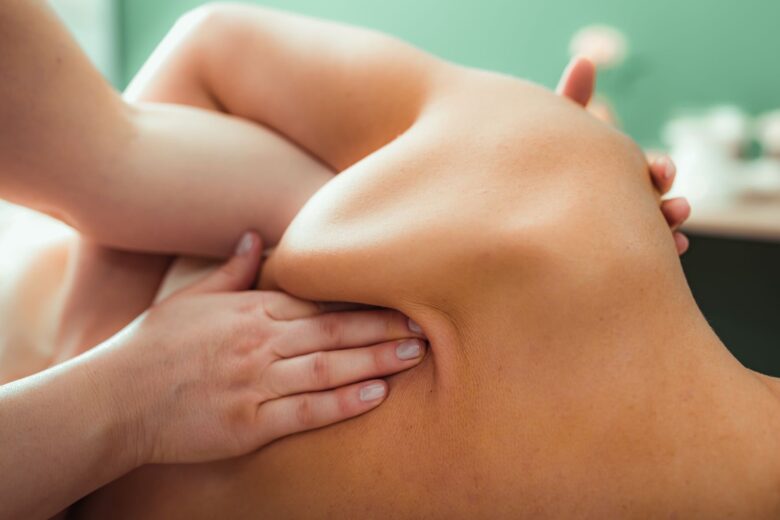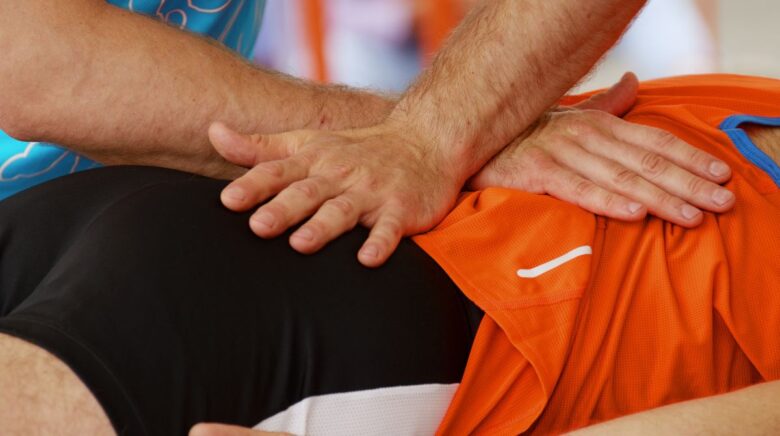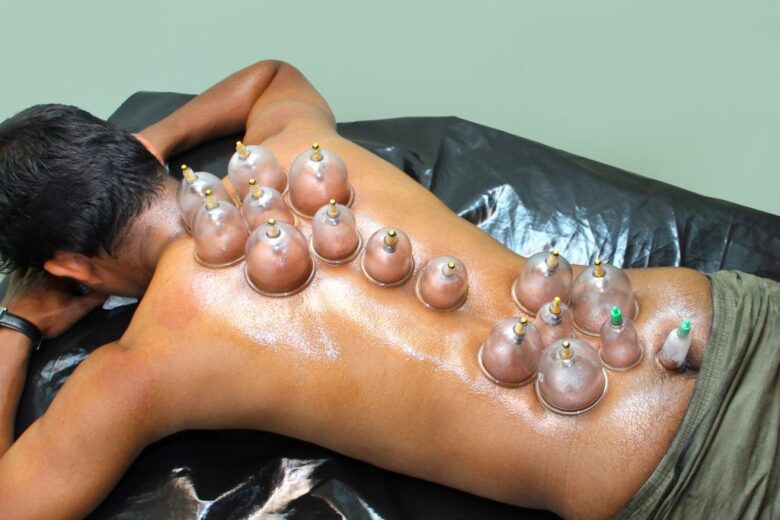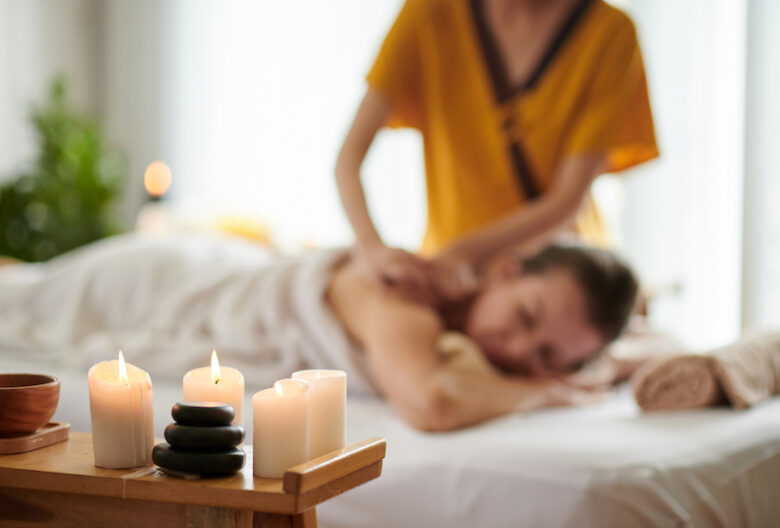Picture this: After a long, grueling week filled with deadlines and unyielding responsibilities, an individual makes the decision to indulge in a well-deserved massage. Guided by the promise of relaxation and rejuvenation, they lie on the table, surrendering to the expert touch of a therapist. Yet, the euphoria fades quickly, replaced by an unexpected ache and a sense of malaise that lingers long after the session ends. What was meant to be a healing experience now feels like an ordeal.
This experience resonates with many, as trends in massage recovery reveal a stark reality about post-massage soreness. While the belief in detoxifying effects lingers, the actual implications can be more complex than they appear. Understanding the signs and symptoms of post-massage soreness is crucial for those looking to optimize their muscle recovery and navigate what some might mistakenly label as a healing crisis.
Massage Techniques and Their Impact

Professional massage (마사지구인) techniques play a vital role in enhancing the body’s ability to recover from exertion and injury. Each method offers unique benefits tailored to specific needs, including addressing muscle soreness and tension. Understanding these techniques helps individuals select the best approach for their recovery journey.
Deep Tissue Massage: Not Always De-Toxifying
Deep Tissue Massage targets deep layers of muscle and fascia, often marketed as a means to release toxins stored in tense muscles. This concept has faced skepticism, particularly concerning detoxification myths. Research indicates that while deep tissue techniques can alleviate inflammation and discomfort, they may inadvertently lead to muscle injury by releasing proteins that the body processes, potentially overburdening the kidneys. Post-massage discomfort may arise not only from the intention to relieve pain but also from the very techniques employed.
Sports Massage: Performance and Recovery Insights

Sports Massage specifically focuses on improving athletic performance and enhancing recovery during training. Numerous studies highlight its effectiveness in preparing the body for exertion and assisting it in recuperative phases post-exercise. This technique works by increasing circulation, alleviating muscle tension, and enhancing flexibility, crucial for athletes seeking to optimize their performance. While beneficial for diminishing delayed onset muscle soreness (DOMS), the outcomes can vary based on individual factors and the timing of the massage.
Myofascial Release and Active Release Techniques
Myofascial Release and Active Release Techniques represent progressive approaches to managing muscle tension and promoting pain relief. Myofascial Release concentrates on the fascia, the connective tissue enveloping muscles, to address chronic pain and acute muscle tension effectively. This method has gained recognition for its ability to enhance function and comfort. Active Release Techniques require active movement combined with targeted tension, facilitating recovery and improved tissue flexibility. Together, these methods illustrate significant advances in strategies for muscle recovery and tension alleviation.
Trends in Massage Recovery: The New Paradigm
Understanding the complexities of post-massage soreness and malaise (PMSM) provides insight into the effects of various massage techniques. It’s crucial for both practitioners and clients to navigate these responses effectively. Post-massage soreness can originate from muscle injuries, whether newly sustained or exacerbated by intensive massage methods.
Post-Massage Soreness and Malaise Explained
PMSM manifests in different ways, with symptoms ranging from mild discomfort to significant malaise that may resemble flu-like symptoms. Some individuals may experience mild rhabdomyolysis, a condition where intense massage sessions result in muscle damage and potential complications such as kidney issues. Understanding the underlying causes of these symptoms can enhance the experience and expectations surrounding massage therapy, as well as inform recovery techniques that might be needed thereafter.
The Role of Compression Garments and Cupping Therapy

Contemporary recovery techniques increasingly include the use of compression garments and cupping therapy. Compression garments improve blood circulation, which aids in reducing muscle soreness and preventing lactic acid buildup after exercise. Research indicates that wearing these garments can lead to better recovery outcomes for athletes engaging in rigorous activities.
Cupping therapy, long-rooted in traditional practices, has gained traction due to its ability to promote healing through enhanced blood flow to injured areas. This method has shown promise in alleviating pain and supporting muscle rehabilitation, making it an attractive option for those recovering from massage-related discomfort. Both approaches reflect an evolving landscape in recovery practices, paving the way for improved outcomes in performance and overall well-being.
| Technique | Benefits | Mechanism |
| Compression Garments | Reduces muscle soreness, enhances blood circulation | Minimizes lactic acid buildup, promotes faster recovery |
| Cupping Therapy | Alleviates pain, improves blood flow | Increases circulation in targeted areas, encourages healing |
Conclusion

The exploration of trends in massage recovery reveals a crucial understanding of the diverse techniques employed and their varying impacts on the body. As individuals increasingly seek effective wellness strategies, it becomes essential to recognize that not every massage will result in the same healing process. Education around post-massage responses, such as potential soreness or discomfort, is vital for enhancing the overall experience.
Moreover, emerging practices like compression garments and cupping therapy are proving beneficial in supporting recovery. These effective techniques offer promising pathways for individuals looking to optimize their massage recovery and mitigate any discomfort that may arise. By being informed about these options, one can navigate their wellness journey with confidence.
Ultimately, embracing the latest insights into massage recovery empowers individuals to take proactive steps in their self-care routines. This knowledge not only enhances the effectiveness of their recovery journey but also underscores the importance of safety in every massage experience they pursue.
FAQ
What causes post-massage soreness?
Post-massage soreness can occur due to several factors, including the intensity of the massage, specific techniques applied, and individual responses to treatment. It is often labeled post-massage soreness and malaise (PMSM) and can range from mild discomfort to more severe reactions.
Is deep tissue massage truly detoxifying?
The belief that deep tissue massage detoxifies the body is challenged by research indicating that it may inadvertently lead to muscle injuries and release proteins into the bloodstream, potentially complicating recovery rather than facilitating detoxification.
How does sports massage enhance recovery?
Sports massage plays a dual role in enhancing athletic performance and accelerating recovery post-exercise by stimulating circulation, reducing muscle tension, and improving flexibility. Its effectiveness can vary based on timing and individual responses.
What are Myofascial Release and Active Release Techniques?
Myofascial Release is a specialized form of massage targeting the connective tissue surrounding muscles to alleviate chronic pain and muscle tension. Active Release Techniques involve applying tension while the client moves, promoting healing and enhancing flexibility.

